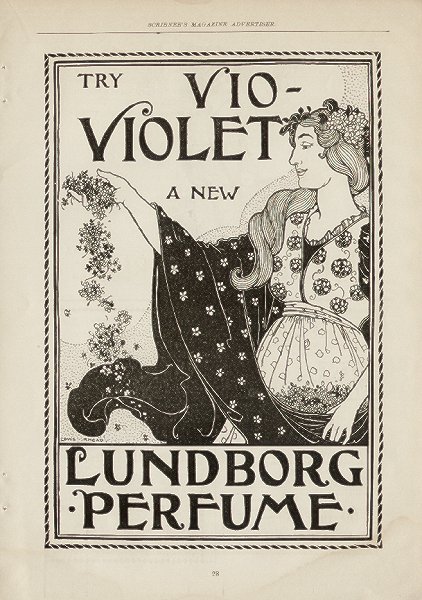1. Describe the style of this time and include typography.
-The style of Art Nouveau was an international decorative style. It included architecture, furniture, and product design, fashion, graphics, posters, packages, advertisements, houses, subway entrances, factories, and stairway cases, etc. The visual quality is an organic plantlike line. The woman figure was a form that was used often to adapt this fluid line.
2. What was the impetus for this design movement?
-This Art Nouveau style came from the cultural collision between Asia and European countries. The East and West changed as a result of this. Asian art provided new approaches to space, color, drawing conventions, and subject matter that were unlike Western traditions. The term art nouveau came from a gallery in Paris run by dealer Samueal Bing.
3. At least two designers who created important works in this style and their titles of their work.
1) Jules Cheret created poster for Orphee auz Enfers 1879 (style was more animated and greater unity of word and image) Second piece, "The Doe in the Wood", poster for La biche au bois 1866. Thirdly, poster "L'aureole du midi" 1893.
2) Eugene Grasset- created title page for Histoire des quatre fils Aymon, 1883. (Dividing the space into zones, unified lettering, illustration, and decorative patterns into a total page design). Second piece, exhibition poster 1894- Quietly demure instead of exuberant.
3) Henri de Toulouse-Lautrec- created poster, "La Goule au Moulin Rouge" 1891. (Shapes become symbols; in a combination signify a place and an event). His second piece was a poster for Reine de joie in 1892. Thirdly he made a poster for Aristide Bruant and Jane Avril in 1893.
4.. Example of Art Nouveau style
"The Peacock Skirt" by Aubrey Beardsley

Postcard (second website is where its from)






